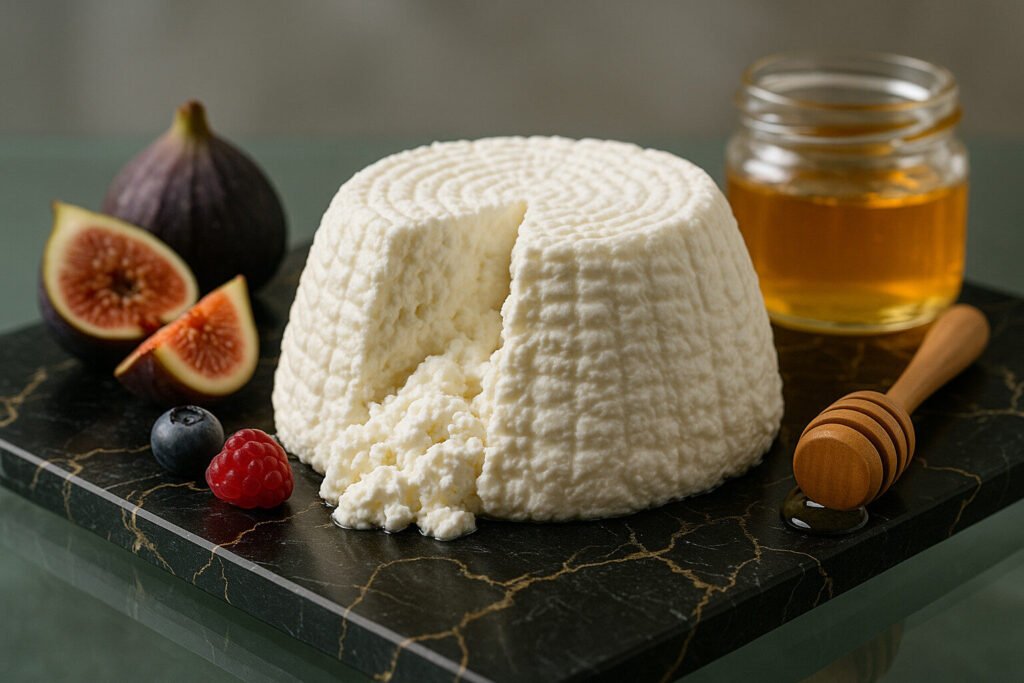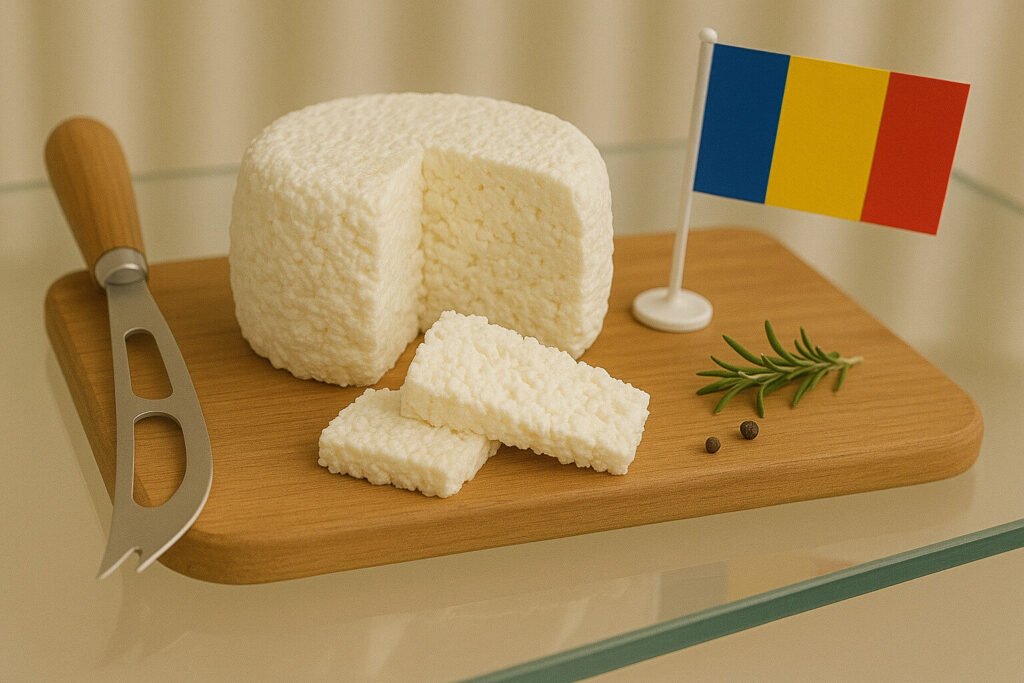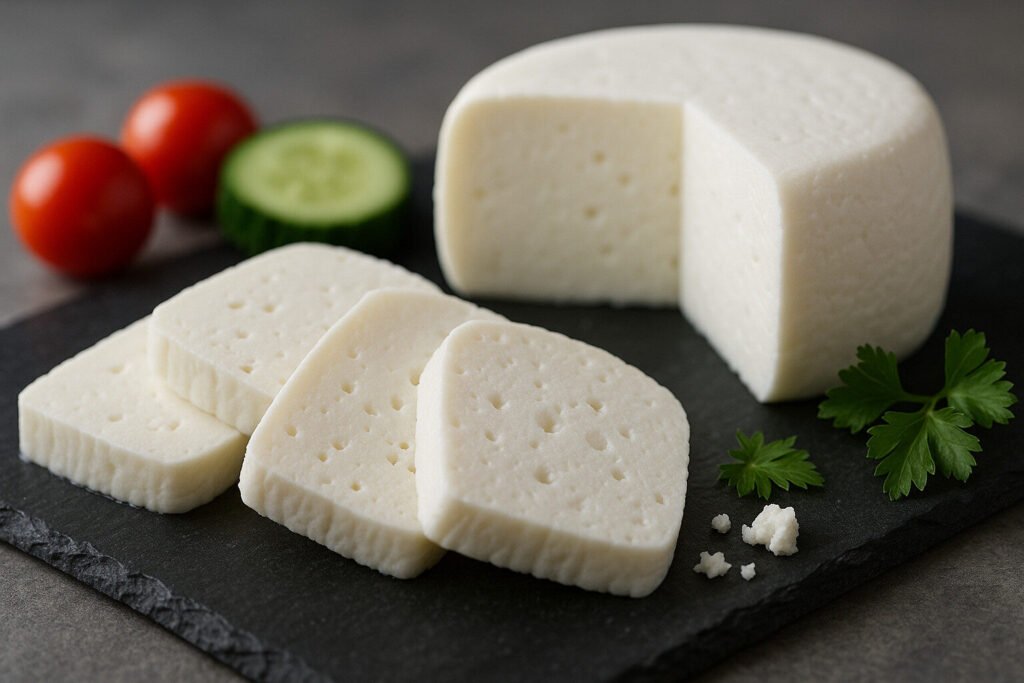Low Salt Cheese
Definition and Scope
Low salt cheese refers to varieties intentionally produced with reduced sodium chloride content. This category typically contains less than 0.5% salt by weight, compared to standard cheeses which often range from 1.5% to 2%. The reduction significantly impacts flavor development, texture, and preservation qualities. These cheeses appeal to consumers following sodium-restricted diets for health reasons.
Manufacturers achieve low salt status through careful recipe modification and process control. Some traditional styles like Swiss Emmentaler are naturally lower in salt due to their production methods. The scope includes both fresh cheeses like quark and aged varieties where salt reduction alters rind formation. This category requires precise technical handling to maintain food safety and quality.
Production Techniques
Salt reduction begins with adjusting brine concentration or dry salting amounts during cheesemaking. Producers may use alternative mineral blends containing potassium or magnesium to partially replace sodium chloride. The timing of salt application is critical, as early reduction affects starter culture activity and moisture control. These adjustments require careful monitoring throughout the production cycle.
Extended aging periods are often necessary to develop flavor complexity without salt’s enhancing properties. Some producers incorporate special bacterial cultures that generate flavor compounds to compensate for reduced saltiness. Modified packaging and storage conditions help prevent spoilage in these more perishable products. These technical adaptations represent significant departures from traditional cheesemaking protocols.
Sensory Profile
Low salt cheeses exhibit markedly different flavor profiles with reduced perceived saltiness. The absence of salt allows other taste elements like inherent milk sweetness and acidity to become more prominent. Texture often differs, with many low salt varieties showing softer body and increased moisture content. These sensory changes can make the cheeses taste milder and less complex to experienced palates.
Without salt’s suppressing effect, bitter notes from casein breakdown may become more detectable. The Maillard reaction products and lipid degradation flavors develop differently during aging. Some consumers perceive low salt cheeses as having a cleaner, more pure milk character. The overall sensory experience is generally less intense and more delicate than traditional counterparts.
Culinary Applications
Low salt cheeses function well in dishes where additional seasonings will be incorporated during cooking. They work particularly well in baked dishes and sauces where other ingredients contribute sodium content. Their mild flavor makes them suitable for pairing with strongly flavored accompaniments like olives, capers, or cured meats. These cheeses allow chefs to control final dish salinity more precisely.
Nutritional applications include cardiac-healthy menus and sodium-restricted diets for hypertension management. They serve as base ingredients for flavored cheese spreads where herbs and spices provide dominant flavors. Their melting characteristics remain largely unchanged, making them functional in grilled sandwiches and pizza. Food manufacturers use them as ingredients in prepared foods targeting health-conscious consumers.
Regional Examples
Switzerland produces several naturally lower-salt cheeses including Emmentaler and Gruyère, which typically contain 0.4-0.7% salt. These alpine cheeses develop flavor through propionic acid fermentation rather than heavy salting. French Muenster traditionally uses minimal salt, relying on surface bacteria for flavor development. These European examples demonstrate how traditional methods can achieve lower sodium content.
Modern American producers have developed reduced-sodium versions of cheddar, mozzarella, and colby. Wisconsin cheesemakers create low salt variants by modifying brine concentrations and aging protocols. Some Italian ricotta and mascarpone naturally contain less salt due to their fresh, short-aged nature. These examples show how both traditional and innovative approaches contribute to this category across cheese-making regions.




